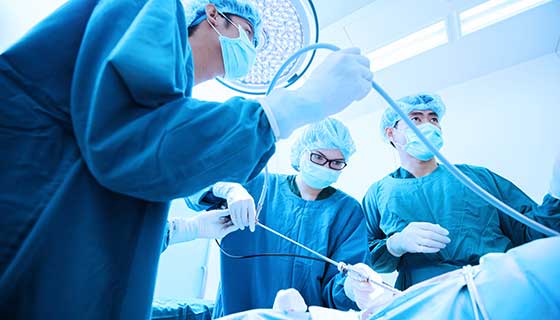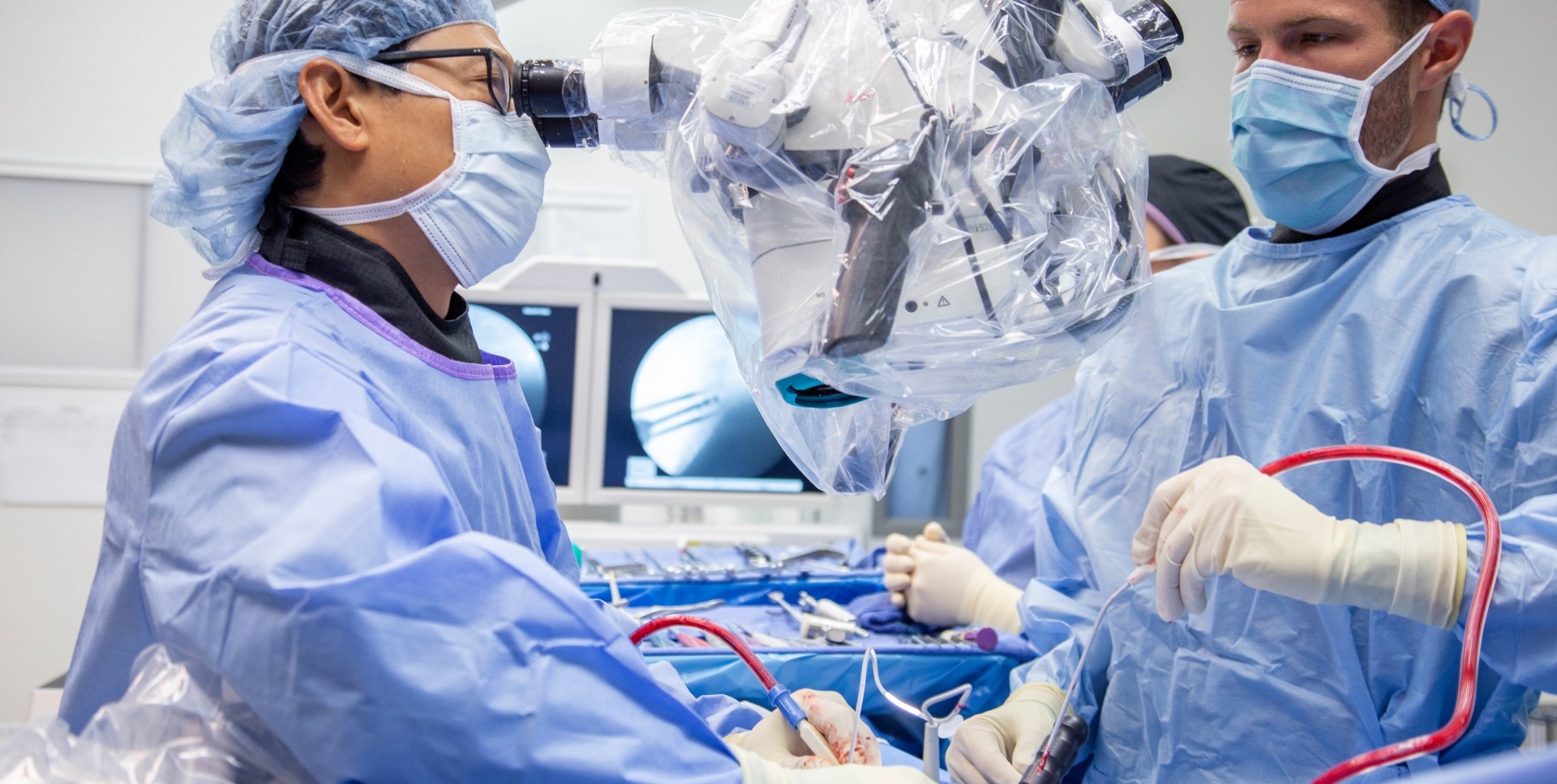Understanding the Costs Involved with the Best Spine Surgeons in St Louis MO
An Overview of Back Problems That Frequently Outcome in Surgical Therapies
Spine problems such as herniated discs, spine stenosis, and degenerative disc disease often necessitate medical treatments when conservative therapies fail to relieve relentless signs. Understanding the subtleties of each problem and the equivalent medical options, such as discectomy or back combination, is important for efficient administration.
Herniated Discs
Although numerous individuals with herniated discs might find relief through traditional therapies, surgical procedure becomes a necessary factor to consider when signs aggravate or persist - best spine surgeons in st louis mo. A herniated disc takes place when the soft inner gel of a spinal disc protrudes via its outer layer, possibly compressing close-by nerves and leading to pain, numbness, or weakness in the extremities
Conventional administration normally consists of physical therapy, pain medicines, and corticosteroid injections, which intend to lower inflammation and boost function. In cases where these techniques fall short to alleviate debilitating signs and symptoms, surgical options might be explored.
One of the most common surgery for herniated discs is a discectomy, which entails the removal of the herniated part of the disc to relieve pressure on the affected nerve origin. In more serious situations, back blend may be essential to maintain the impacted vertebrae.
Patients are advised to go over the possible threats and advantages of surgery with their medical care provider to make an informed choice. Eventually, the objective of any type of medical intervention is to bring back function, minimize pain, and improve total top quality of life for people enduring from herniated discs.
Spine Constriction
Back constriction happens when the areas within the spinal column narrow, resulting in enhanced pressure on the spine and nerves. This condition can establish in different regions of the back, consisting of the cervical and back locations, often due to age-related modifications, such as degenerative disc illness, arthritis, or thickening of tendons.
People with spine constriction may present with signs and symptoms that include discomfort, tingling, tingling, or weak point, mostly in the legs or arms. These signs and symptoms can be exacerbated by tasks that include standing or walking, usually leading people to look for relief via conventional therapies like physical treatment, medicines, or epidural steroid injections.
Nonetheless, when these non-surgical interventions fall short to offer ample alleviation, surgical options may be thought about. Common procedures for back stenosis consist of laminectomy, which includes the removal of component of the vertebra to ease pressure, and back fusion, which stabilizes the afflicted area. The decision to seek surgical treatment is typically based on the extent of symptoms, the degree of useful problems, and the overall wellness of the patient. Trigger diagnosis and monitoring are essential to protect against further neurological compromise and improve quality of life.
Spondylolisthesis
Spondylolisthesis happens when additional hints one vertebra slides onward over one more, resulting in misalignment of the spinal column. This problem can arise from numerous elements, consisting of hereditary issues, trauma, or degenerative adjustments in the back. It is most generally observed in the lumbar region, specifically at the L4-L5 and L5-S1 levels.

When non-surgical methods stop working to relieve symptoms or when considerable nerve compression is present, surgical treatment may be warranted. Surgical alternatives can consist of back blend or decompression procedures, aimed at restoring alignment and alleviating neurological signs.
Degenerative Disc Disease

The problem can be detected via a combination of scientific analysis, imaging researches, and person background. When these strategies fall short to give appropriate relief, medical treatments may be thought about.
Surgical options for DDD might include spinal blend or synthetic disc substitute, focused on maintaining the influenced segment and relieving pain (best spine surgeons in st louis mo). Inevitably, the option of therapy is individualized, taking into consideration the seriousness of the problem, patient health, and way of living aspects
Back Tumors

Spinal growths can emerge from numerous variables, consisting of hereditary predisposition, ecological influences, and pre-existing clinical problems. Individuals may provide with a variety of signs and symptoms, consisting of local pain, neurological shortages, weak point, or adjustments in digestive tract and bladder feature, depending on the growth's size and place.
Surgical intervention might be warranted to reduce signs and symptoms, get a biopsy, or eliminate the lump entirely. The objective of surgical treatment is often to decompress neural components and stabilize the spinal column. Early discovery and intervention are vital for optimizing results in people with back Homepage growths.
Verdict
In summary, spinal column conditions such as herniated discs, spine constriction, spondylolisthesis, degenerative disc disease, and spinal tumors regularly require surgical treatment due to their potential to trigger substantial pain and functional disability. While conservative therapies may provide short-term alleviation, medical options end up being crucial when symptoms aggravate or continue. Timely medical diagnosis and intervention play an essential function in restoring function and enhancing the top quality of life for affected people, underscoring the significance of extensive spine treatment.
